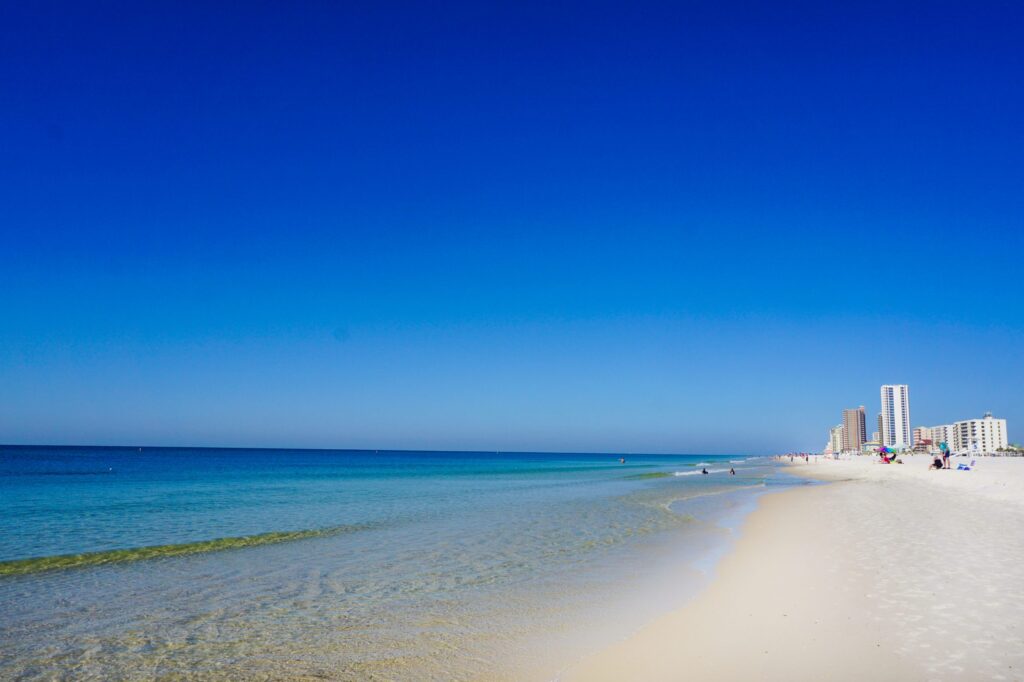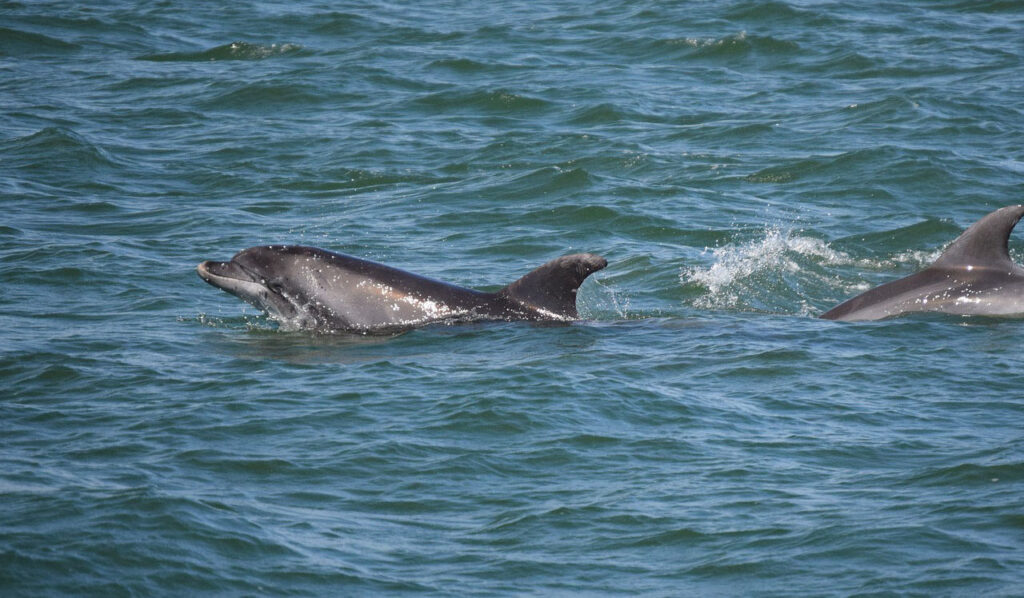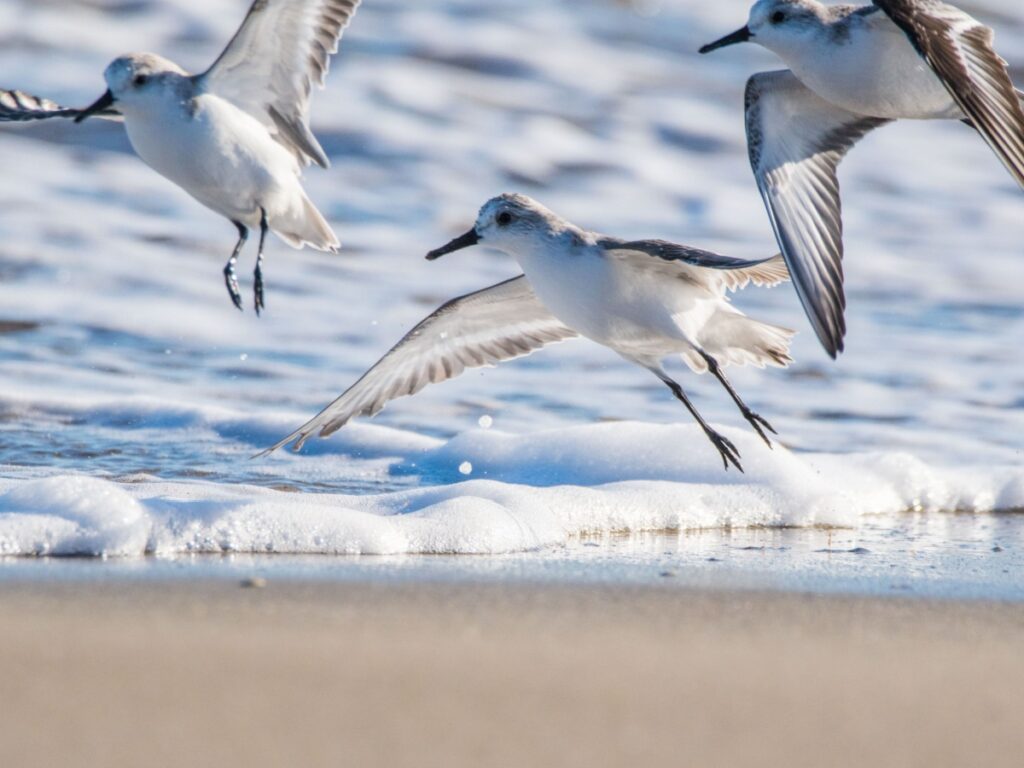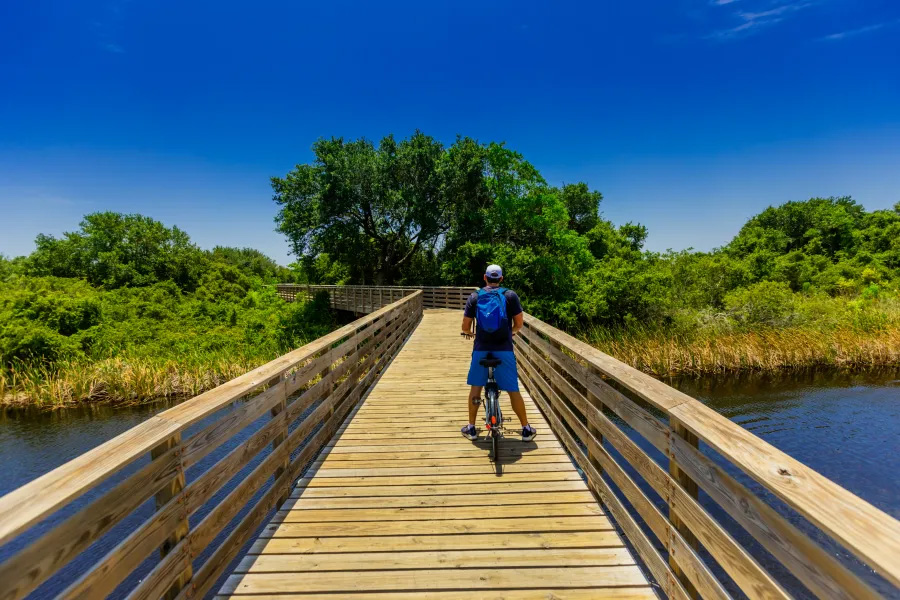Protecting Alabama’s Sea Turtles: A Journey Through Nest Monitoring

Nestled along the Gulf Coast, Alabama’s beaches are not just a scenic getaway; they are a crucial nesting ground for some of the world’s most endangered sea turtles. From May to October, these shores come alive with the sights and sounds of sea turtles as they lay their eggs and begin the arduous journey of ensuring the survival of their species. Monitoring sea turtle nests is not just a routine task; it’s a vital conservation effort that involves dedication, teamwork, and a profound respect for these ancient mariners. In this blog post, we’ll take a detailed look at how sea turtle nest monitoring works on Alabama’s beaches and why it’s so important.
The Magic of Nesting Season
As spring gives way to summer, Alabama’s coastal sands transform into a prime nesting habitat for sea turtles. The nesting season typically kicks off in May and continues through October, with peak activity occurring in June and July. During this period, female sea turtles make their way from the ocean to lay their eggs on the beach. These turtles, including species like the loggerhead, green, and occasionally the Kemp’s ridley, are remarkable not just for their size and longevity but for their incredible navigational skills.
To begin with, identifying sea turtle nests is a delicate process. Early morning beach patrols are essential for spotting fresh tracks left behind by nesting turtles. These tracks are often a sure sign that a turtle has made her way ashore. The tracks themselves can be quite telling, with a distinct pattern that leads from the water to a spot on the sand where the turtle has dug her nest.
Marking and Protecting the Nests
Once a nest is identified, it’s crucial to mark it to avoid accidental disturbances. This is where conservationists, volunteers, and local authorities come into play. They use flags or stakes to delineate the nest’s location. Care is taken to ensure that these markers are visible but not intrusive, so as not to scare away other turtles or hinder the nesting process. The exact location of the nest is recorded, which is essential for future monitoring and data collection.
In addition to marking, protective measures are put in place to safeguard the nest. This often involves placing screens or cages around the nests to deter predators such as raccoons and birds. These protective barriers also serve to prevent human interference. Since beaches can be popular spots for tourists and locals alike, it’s vital to keep the nests safe from potential disturbances.
Collecting and Analyzing Data
Monitoring sea turtle nests is not just about protecting the eggs; it also involves collecting a wealth of data. Every detail matters—from the date of the nest’s discovery to the number of eggs laid. This information is meticulously recorded and analyzed to track the health and success rate of the nesting sites.
For example, knowing the exact number of eggs can help conservationists estimate the potential number of hatchlings. Additionally, tracking the hatching success rate and any issues encountered can provide valuable insights into the overall health of the sea turtle population. This data is critical for understanding trends and making informed decisions about conservation strategies.
The Miracle of Hatching
One of the most exciting aspects of monitoring sea turtle nests is witnessing the hatching process. After approximately 60 days, the eggs are ready to hatch, and tiny sea turtles, also known as hatchlings, emerge from the sand. This is a crucial moment in their life cycle. Volunteers and conservationists often play a vital role in ensuring the hatchlings make their way safely to the ocean.
When hatchlings emerge, they are guided to the sea to prevent them from becoming disoriented or falling prey to predators. Sometimes, hatchlings are temporarily collected for safe release if they are at risk due to environmental factors or human activity. This intervention helps to increase their chances of reaching the safety of the open water.
Educating the Public
Public education is an integral part of sea turtle conservation. The more people understand the importance of protecting these ancient creatures, the more likely they are to contribute positively to conservation efforts. On Alabama’s beaches, education initiatives aim to inform visitors and locals about sea turtle nesting and the best practices for preserving their habitat.
For instance, beachgoers are encouraged to avoid disturbing nests or leaving behind trash, as both can have detrimental effects on nesting turtles and hatchlings. Community outreach efforts also include talks, workshops, and informational signage on the beaches to help spread awareness.
The Power of Collaboration
Sea turtle nest monitoring in Alabama is a collaborative effort that involves various stakeholders. Organizations like the Alabama Marine Mammal Stranding Network and the Dauphin Island Sea Lab play crucial roles in these conservation activities. They work alongside local volunteers, government agencies, and other conservation groups to ensure a coordinated approach to sea turtle protection.
This teamwork is essential because it brings together diverse expertise and resources. Whether it’s through beach patrols, data collection, or public education, each participant contributes to the overall goal of preserving sea turtles and their habitat.
The Ongoing Challenge
Despite the concerted efforts to protect sea turtles, challenges remain. Climate change, pollution, and habitat destruction pose significant threats to sea turtle populations. Rising sea levels and increasing temperatures can affect nesting sites and hatchling survival rates. Additionally, pollution in the ocean can lead to entanglement or ingestion of harmful materials.
To address these challenges, ongoing research and adaptive management strategies are necessary. Conservationists continuously monitor environmental changes and work to mitigate their impact on sea turtles. Public support and awareness also play a crucial role in addressing these broader issues.
A Call to Action
As we’ve seen, monitoring sea turtle nests along Alabama’s beaches is a multifaceted endeavor that requires dedication, teamwork, and ongoing vigilance. Each step—from identifying and protecting nests to educating the public and collecting data—contributes to the larger goal of ensuring the survival of these magnificent creatures.
For those inspired by the efforts to protect sea turtles, there are several ways to get involved. Volunteering for beach patrols, participating in educational programs, or supporting conservation organizations are all valuable contributions. By working together, we can help secure a future for sea turtles and ensure that Alabama’s beaches continue to serve as a vital sanctuary for these remarkable animals.
The work done to monitor and protect sea turtle nests on Alabama’s beaches is a testament to the power of conservation and community effort. Each season brings new opportunities and challenges, but with continued dedication and support, we can make a meaningful impact on the survival of sea turtles. Let’s celebrate the successes and continue to strive for a future where these ancient mariners can thrive along our shores.






Responses